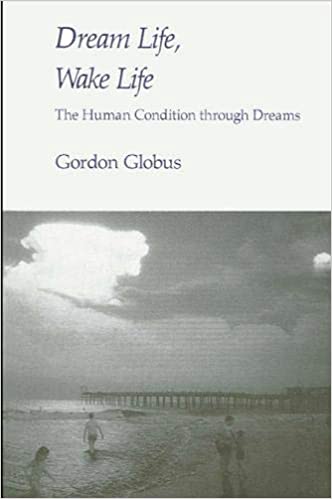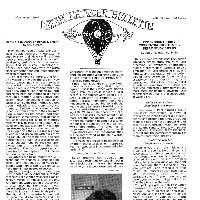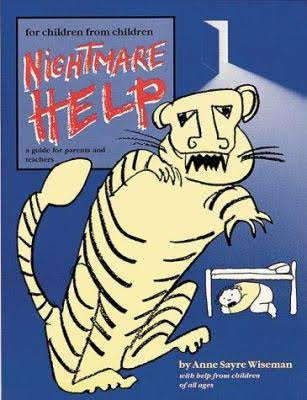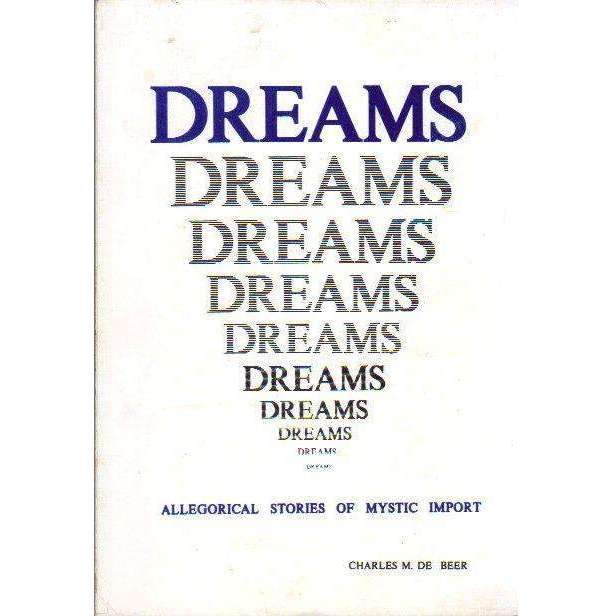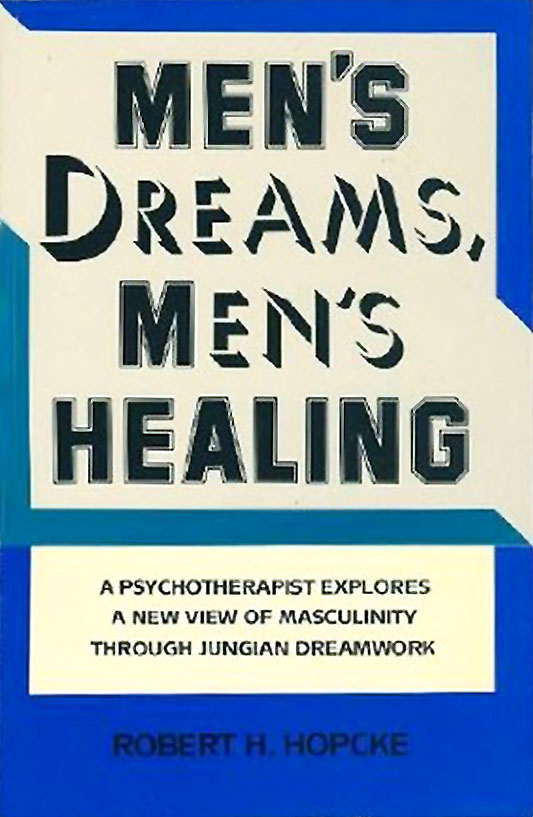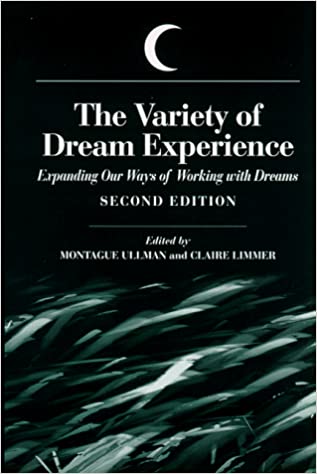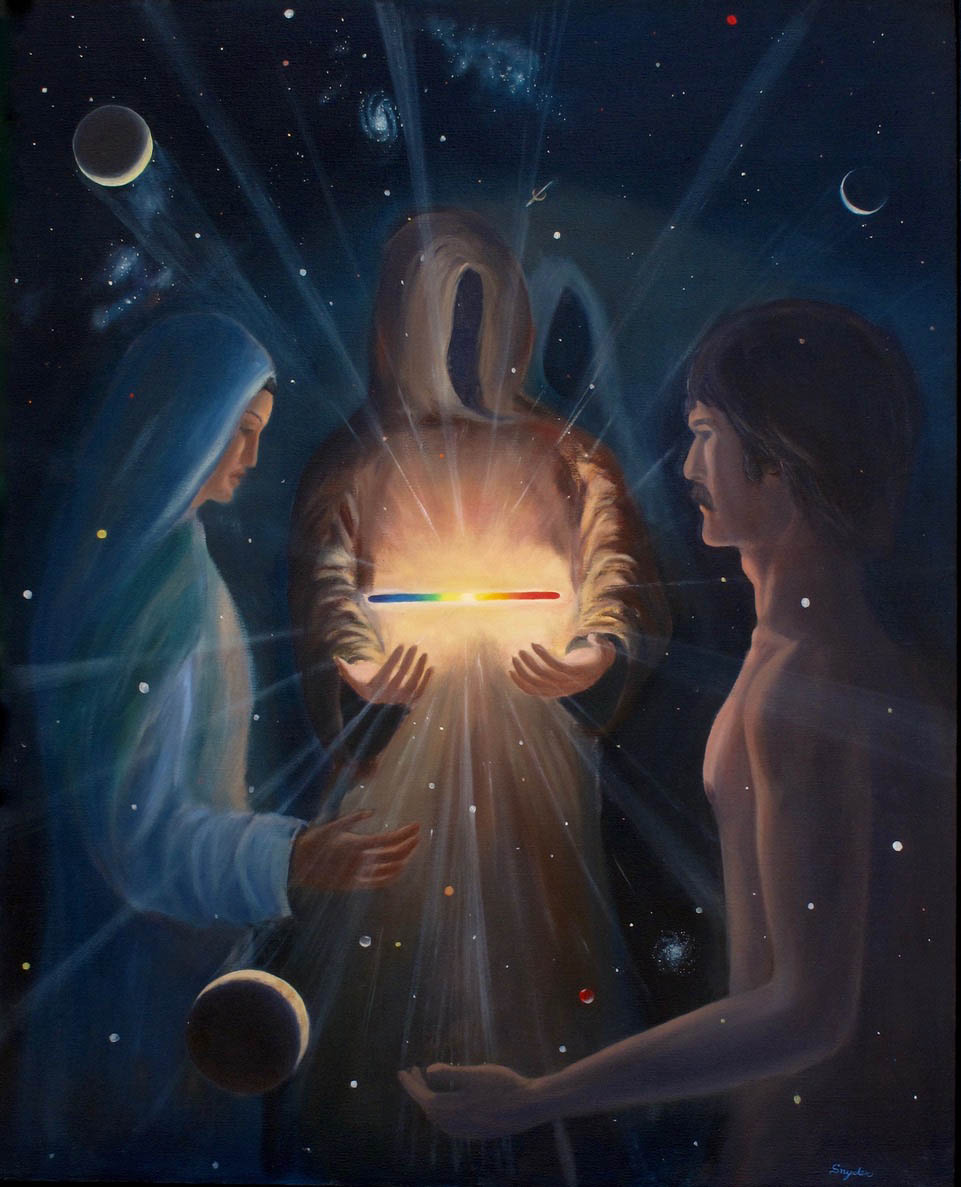The traditional dream teachings of India can offer dreamworkers of the West exciting and thought-provoking new ideas regarding the nature, function, and potential uses of dreams. India has one of the richest and most vital cultures in the world - a culture which, rather than crumbling in the face of "progress", is reacting to the West as it has to many other empires throughout history, by absorbing the foreign elements into its own flourishing world. The people of India have had a long and deep interest in dreams, with the first writing about dreams coming in 1200 b.c. in the sacred Hindu text the Rig-Veda. These remarkable people can tell us much about the mysterious experiences of our sleeping selves.
Unfortunately, little study has been done so far on this subject. However, the few sources on Indian understandings of dreams we do have are highly suggestive, revealing views very different from those generally accepted in the West.
In 1984 Wendy D. O'Flaherty published Dreams, Illusion, and Other Realities, a wonderfully entertaining discussion of the myths, stories, and theories about dreams in India and in the West1. She begins the book by noting how one of the most intense mythic experiences is that of suddenly falling into confusion about what is real and what is not. Dreams are one of the major sources of this experience, O'Flaherty finds, and she says that in myths and teachings about dreams we can see expressions of how people have tried to understand our most basic relations to reality.
To defend against this type of confusion Western philosophy and psychology have tended to draw sharp lines between "hard" and "soft" reality, and thus have defined waking life as "real" and dreams as "illusory." But O'Flaherty says that in India these distinctions are not built up so quickly, and the ambiguities are not ironed out so anxiously. If two ideas clash, Indians believe that "both may be true." In India waking life is not the only reality, nor are dreams entirely - the truth lies somewhere in between.
Many of the myths about dreams which O'Flaherty examines express the important Indian doctrine of "maya". While maya is often translated as "illusion," O'Flaherty argues that this is not quite accurate: "To say that the universe is an illusion (maya) is not to say that it is unreal; it is to say, instead, that it is not what it seems to be, that it is something constantly being made." She points out how the same verb in Sanskrit (Srj) means "to dream" as well as "to create" or "to emit". Dreams in India are seen as revealing this fact of maya to us, the fact that life is neither real nor unreal but is instead best understood as continual projection, as something being ever newly created, transformed, metamorphized.
O'Flaherty recounts the variety of lively myths and stories about dreams in Indian culture - the romantic adventures of travelling through the dream world for surreptitious liaisons with beautiful princes or princesses; the confusing tales of dreamers discovering that they are actually parts of other people's dreams; and the legends of dreams containing portents and omens for the future which come true. O'Flaherty suggests that these stories reveal how Indians reject any fixed boundaries to reality. Indians conclude that "what we must settle for instead are tendencies, directions of movement, and processes of reality and unreality." Dreams in India are not disparaged as illusory nonsense best forgotten upon wakening, but are rather revered as valuable symbols illuminating the deepest truths about reality.
Another fascinating glimpse into the world of dreams in India comes in the book Shamans, Mystics, and Doctors (1982), by Sudhir Kakar2. Kakar's unique background makes this work particularly interesting. He was born in India, came to the West to be trained as a psychoanalyst, and then returned to India to practice psychoanalysis and to study and compare the healing traditions of East and West.
One of the stories Kakar tells in his book is about a young Indian man named Sundar who comes to Kakar complaining of frequent quasi-epileptic attacks. Since the attacks have no apparent physical cause, Kakar begins asking about Sundar's family relations. Sundar describes a recurrent dream he has had since childhood: "I am sleeping on my bed when a shadow attacks me. I fight against the shadow but fall down from the bed. My mother picks me up. When I wake up I feel tense, as if I have been in a fight." Kakar interprets the dream as expressing a guilty rage Sundar feels toward his father combined with an oedipal attachment to his mother. But when Kakar presses him for further details, Sundar is seized by attack, the session ends and Sundar soon breaks off the analysis.
Sundar turns for help to one of India's numerous traditional healers, a poor, aged Muslim named Baba. Kakar portrays Baba as a wise, sensitive and good-natured man who, despite his filthy mosque "office" and his rather eccentric behavior, has tremendous healing talents.
When Sundar arrives Baba asks his standard opening question to his visitors: "What do you see in your dreams?" As Sundar hesitates, Baba continues, "Do you see a woman, a man, a child, a snake or a monkey or any wild animal in your dreams?" Sundar tells of his recurrent dream. "Aha, the shadow is a bala (a demon) that is attacking you", Baba confidently announces. He takes a bottle of water, recites some Koranic verses over it, and tells Sundar to drink a little of the water every day. Sundar's attacks rapidly decrease in frequency, and Kakar concludes with admirable humility, "as far as a quick cure of this particular patient's symptoms is concerned, I must admit that the score stands: demonology, 1; psychology, 0."
What should we make of this story? Kakar tries to defend his diagnosis by asserting that, despite Baba's "intuitive, unconscious awareness of a dream's symbolic significance," the holy water worked only because it symbolically purified Sundar's oedipal guilt and rage.
However, I believe the differences run deeper than this. Kakar (and Freudian psychoanalysis in general) sees both dreams and psychosomatic symptoms as devious masks concealing unconscious urges. In Sundar's case this urge is his oedipus complex. But Baba recognizes that dreams may try to express meaning rather than to hide it. When Kakar asks Sundar about his troubles, Sundar tells of his dream; Kakar's psychoanalytic interpretation fails to answer the unconscious expression, so Sundar's attack tries to communicate it more strongly - the attack says, "No, that's not what I mean, this is!" Sundar goes to Baba, and Baba does understand the dream. He answers symbol with symbol, speaking back to the dream in its own language - "Aha, a bala is attacking you" - and now that true communication with Sundar's unconscious has been established his problems can be cured.
In Kakar's book, then, we have a picture of a vigorous dream therapy tradition in present-day India more than holding its own against the West; in O'Flaherty we trace India's fascination with dreams back through thousands of years of myths and stories. O'Flaherty discusses how dreams in India are believed to illuminate profound truths about ultimate reality, while Kakar looks at the ways Indians use dreams to deal with personal problems in daily living.
The intriguing hints in these two books can only make us more eager to explore the strange but insightful understandings of dreams in India.
REFERENCES
O'Flaherty, Wendy Doniger, Dreams, Illusion, and Other Realities, (Chicago: U. of Chicago Press, 1984).
Kakar, Sudhir, Shamans, Mystics, and Doctors, (Boston: Beacon Press, 1982).



